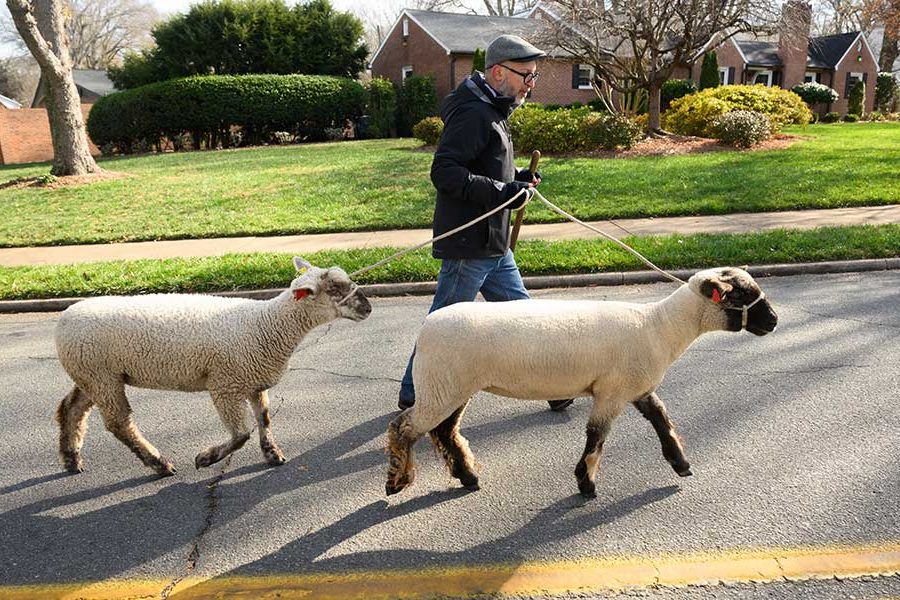Emergency preparedness matters
In religion professor Kenneth Hoglund’s first-year seminar class, students watch international news clips of the earthquake and tsunami that recently hit Japan.
“What is missing from this coverage?” Hoglund asks his students. “Who is disseminating the information? Who benefits, or does not benefit, from the way this news is presented?”
Hoglund points out that much about the communication coming from Japan is unclear, and incomplete.
“This earthquake off the coast of Japan was the fourth largest earthquake in the history of human kind since humans have been recording earthquakes,” says Hoglund. “It expended almost 1,000 times more energy than the earthquake that hit Haiti. Yet, not a single building in Tokyo collapsed.”
Hoglund explains that Japan invested 500 million dollars to develop an early warning earthquake system, and that it is the only country in the world to have done so. (The state of California has considered adopting a similar system but has not due to budget constraints.) One minute before the earthquake struck, the Japanese people received text message alerts. “It’s not a lot of time, but it’s enough to get out of a building,” Hoglund says. “Financial investment in earthquake-proof architecture and early warning systems, and time investment in developing communication plans — from audio to television to social media — helped save lives in Japan. It will also help as the nation moves forward toward recovery.”
Meredith Bragg, a first-year student from Washington, D.C., was in California visiting family over spring break when she learned of the earthquake online, as it was happening, from a 10-year-old cousin’s Facebook status update. Her uncle, aunt and four cousins live in Tokyo. “All the things we’ve talked about in Dr. Hoglund’s class suddenly rang true,” says Bragg. “When my family was affected, the importance of social media as an early-alert system and as a communication tool in an emergency situation became personal.”
Anxiety about the safety of family, friends and property is fueled in disaster situations by myths perpetuated by media and film, says Hoglund. “People in Japan are looking for their family members and trying to recover their personal belongings, not running off with big screen televisions or raiding jewelry stores. Media portrays civilization as a thin veneer. But people usually ban together to help one another in the face of catastrophes.”
Hoglund’s seminar, “Finding the Good (or at least the best) in Disasters” looks at natural catastrophes and the need for life-or-death decision-making preparedness. The class explores the complexity of disasters and best practices for preparing for and responding to natural catastrophes. As part of the seminar, students are certified as qualified volunteers to respond to a local disaster.
Categories: Global Wake Forest, Research & Discovery, University Announcements
Media Contact
Wake Forest News
media@wfu.edu
336.758.5237



